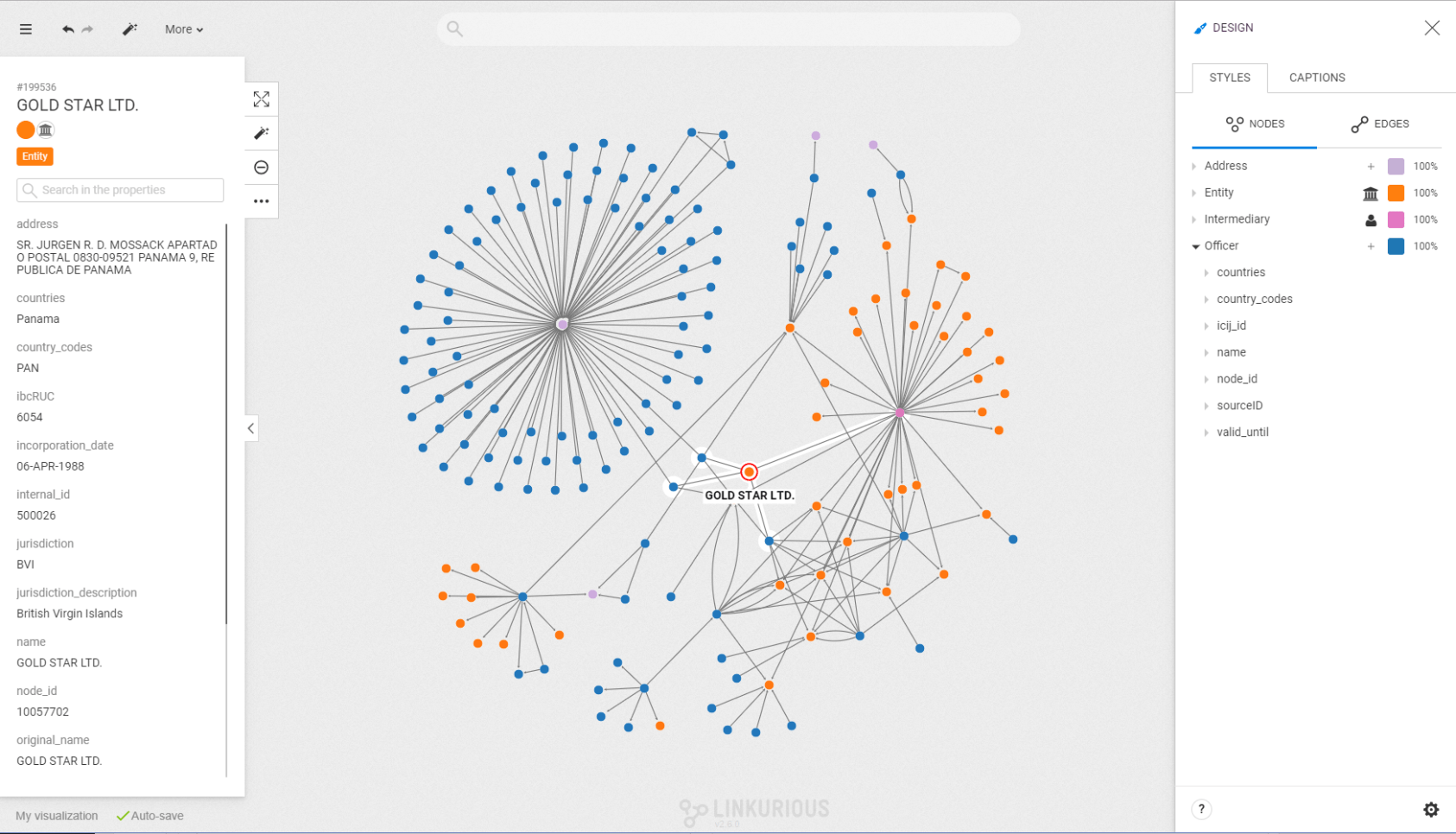Linkurious Enterprise is a turnkey solution for investigation teams who need to detect and investigate threats hidden in graph data. In this post, we explain how to connect the platform to DSE graph database and how to visualize DSE Graph data.
NoSQL database management systems emerged ten years ago as an answer to the increase in volume, variety, and velocity of data in many industries. On certain use-cases, relational technologies were not performing well in this fast-paced environment. With their new models, NoSQL appeared for many organizations as a faster, more scalable alternative approach.
DataStax Enterprise is a distributed cloud database built on the open source NoSQL Apache Cassandra system. This commercial version is designed for enterprise cloud applications and integrates search, analytics, and security layers. It offers several data model, including key-value, tabular, JSON and graph.
The graph data model stores and indexes connections in the data as first-class citizens. Data point are connected together through edges which makes of graphs an interesting approach for areas of analysis where relationships are important information. It’s the case for investigations of fraud and financial crimes, cybersecurity or anti-terrorism.
DSE Graph is an add-on built on top of Datastax Enterprise that brings graph capabilities to the database. That means that DSE Graph is also a distributed system, with a scale-out approach that support very large datasets. It can support many concurrent transactions and operational graph processing queries. DSE graph handles large-scale global graph analytics and batch processing with the Spark compute engine. It also allows for search on graph data thanks to native support for the Gremlin graph traversal language.
On top of DSE Graph, Linkurious Enterprise makes graph data and graph analytics results available to end-users in a browser-based graph visualization and analysis platform. Linkurious Enterprise can be plugged directly to DSE Graph, letting analysts and investigators explore, query, and visualize graph data without prior knowledge of the Gremlin traversal language.

If you don’t have a DataStax Enterprise license, you can get a Limited No-Fee License for non-production purposes, or get a subscription from Datastax website. Then, simply follow the DataStax Academy trainings or documentation tutorials to add your DSE Graph add-on and create your first database.
You deploy Linkurious Enterprise on-premise or in the cloud and connect it to your DSE graph instance by providing its address and credentials.

You get full-text search capability without additional configuration through DSE Search.
At this point, your data is stored in DSE Graph but is searchable, editable and viewable as an interactive visual diagram in Linkurious Enterprise. This complementary combination helps you address all the stages of a graph project, from building, enriching and storing your graph data to making it available to end-users for analysis.
Visual and interactive representations of graph data have many benefits when it comes to identifying insights in large volumes of data. Users have better chances of spotting abnormal patterns and can do it faster, which is an underlying need in scenarios such as fraud or money laundering detection, cybersecurity or counter-intelligence investigations.
When working with large-scale datasets, users can leverage styling and filtering capabilities to reduce the noise, highlight key elements and analyze the data faster. They can also work with the information generated by graph analytics engines such as Spark directly in Linkurious Enterprise interface.
Users also access various query tools that don’t require prior knowledge of the Gremlin language. For instance, pre-configured queries (aka Query Templates) are available to streamline the identification of patterns in the graph data for non-tech savvy users. This is useful in a fraud detection context for instance where you’d want to quickly highlight instances of known fraud schemes without having to code.

A spotlight on graph technology directly in your inbox.